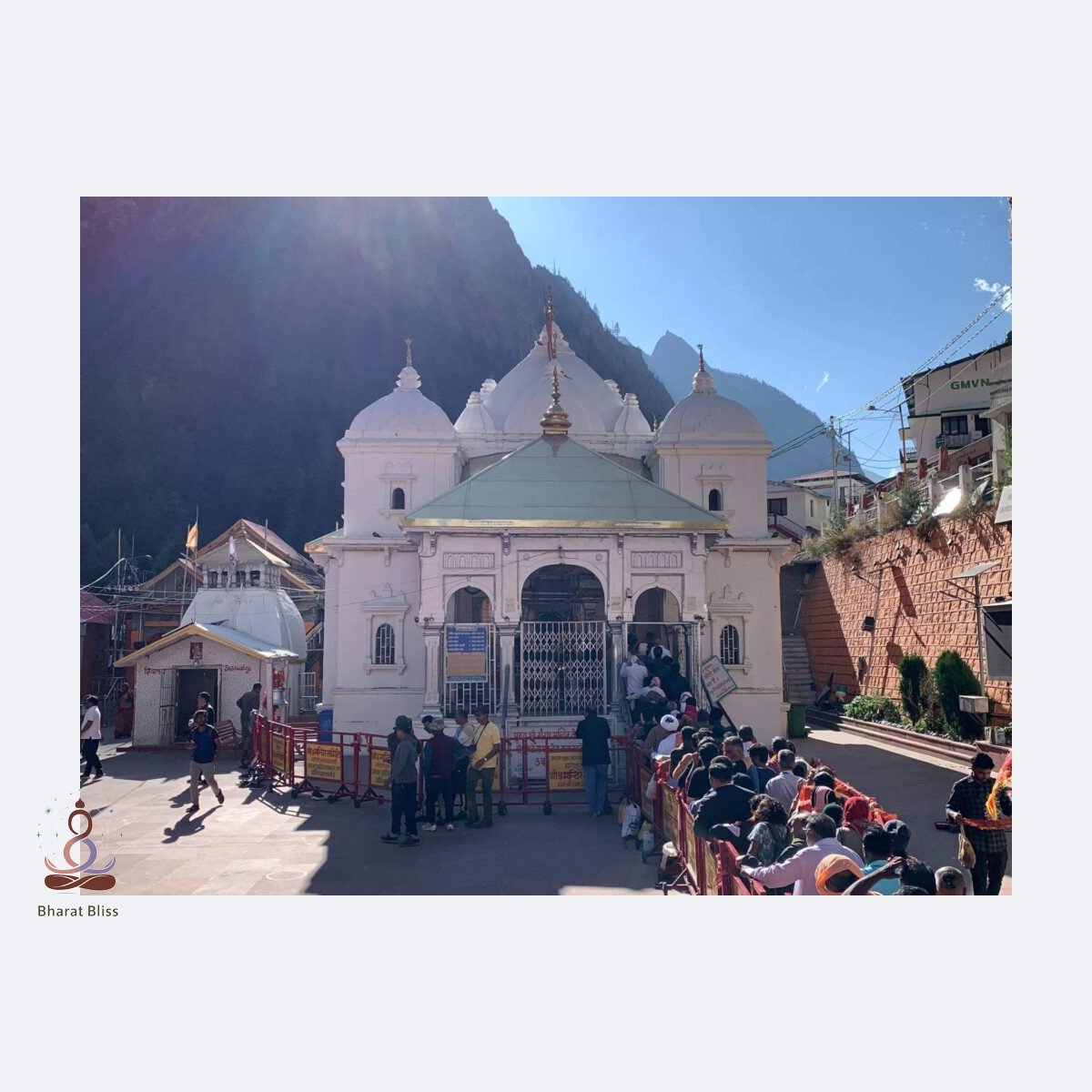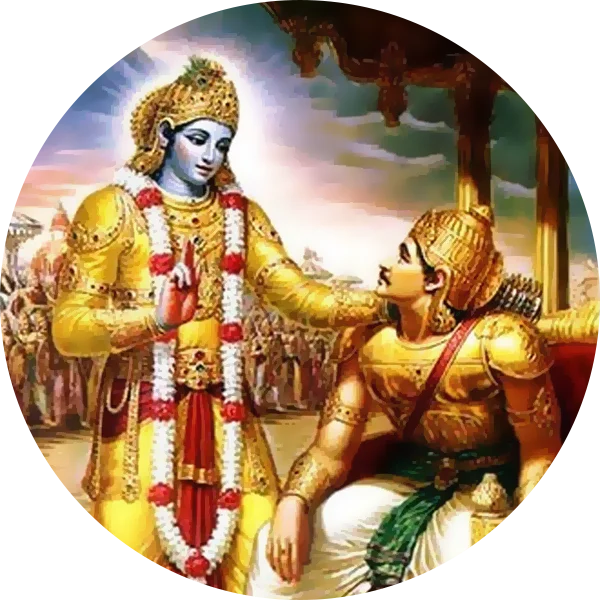The holy Gangotri water — often called “Gangajal“ — holds immense spiritual, cultural, and even scientific significance in Hindu Dharma. Here’s a comprehensive breakdown of what makes Gangotri water sacred and unique:
🌄 1. Origin of Gangotri Water
🔱 Spiritual Legend
- The Ganga river is said to have descended from the heavens to Earth to liberate the souls of King Bhagirath’s ancestors.
- Lord Shiva caught Ganga in his matted hair to prevent her fierce flow from destroying the Earth, and released her gently, beginning at Gaumukh, near Gangotri in the Himalayas.
📍 Geographical Origin
- Gangotri Glacier, at about 13,200 ft (4,000 m) in the Uttarkashi district of Uttarakhand, is the source.
- The stream that emerges is called Bhagirathi, and it later joins the Alaknanda to become the Ganga at Devprayag.
🕉️ 2. Spiritual Significance of Gangotri Water (Gangajal)
✅ Considered Most Pure
- Water collected directly from Gangotri or Gaumukh is the most sacred form of Gangajal, used in:
- Pujas and Abhishekas
- Funeral rites
- Consecration ceremonies (Prana Pratishtha)
- Ritual purification (Shuddhi)
✨ Believed to Contain Divine Energy
- Gangajal is said to have spiritual potency:
- Removes sins
- Grants moksha (liberation) if offered during the last rites
- Can sanctify anything it touches
🔬 3. Scientific Properties of Gangotri Water
🧪 Anti-Bacterial Nature
- Studies, including by Institute of Toxicology, Lucknow and Indian Council of Medical Research (ICMR), have shown:
- Gangajal does not decay easily.
- It remains clear and free from microbial growth for years.
- Scientists attribute this to:
- Presence of bacteriophages (viruses that kill bacteria)
- Natural radioactive isotopes and minerals from Himalayan rocks
💧 High Oxygen Retention
- The water has high dissolved oxygen content, allowing it to remain “alive” and self-purifying even when stored.
🛐 4. Ritual Uses of Gangotri Water
| Use | Purpose |
| Daily Worship (Puja) | Sprinkled to purify space and mind |
| Abhisheka (ritual bathing) | Poured over Shiva Lingam, idols of Vishnu, and during Durga puja |
| Funerals/Antyeshti | Dropped into the mouth of the deceased to sanctify their soul |
| Vastu rituals | Used to cleanse new homes and remove negative energy |
| Initiation ceremonies | Used in Upanayana, weddings, and Yajnas |
📚 Scriptural References
- Padma Purana:
“Among all holy waters, Ganga is the most sacred; even a single drop destroys great sins.”
- Mahabharata (Anushasana Parva):
“By touching, seeing, and chanting her name, one is purified.”
- Skanda Purana:
“Wherever Ganga water is kept, it purifies the area and person.”
🗺️ Current Relevance and Pilgrimage
- Gangotri Temple, built in the 18th century by Amar Singh Thapa, is one of the Char Dham pilgrimage sites.
- Gangotri Yatra is considered especially meritorious during Akshaya Tritiya, Ganga Dussehra, and Diwali.
🧾 Summary: Why is Gangotri Water Holy?
| Factor | Explanation |
| Divine Origin | Believed to be from the heavens, blessed by Shiva |
| Scriptural Endorsement | Revered in all major Hindu scriptures |
| Ritual Importance | Central to purification, liberation, and consecration |
| Scientific Properties | Self-purifying, anti-bacterial, long-lasting |
Leave your comment
Related posts
वृंदावन रज – श्रीकृष्ण-धाम की पवित्र धूलवृंदावन की पावन भूमि से संकलित यह रज श्रीकृष्ण के चरणामृत-स्पर्श की दिव्य ऊर्जा से भरपूर है। पूजा, तिलक, ध्यान और दैनिक आध्यात्मिक साधना [...]
Spiritual Significance of Vrindavan Raj / Vrindavan Soil Vrindavan Raj – Sacred Dust of VrajCollected from the holy land of Vrindavan, this divine Raj carries the spiritual essence of Sri [...]
The Shreemad Bhagavad Gita, often simply called the Gita, is a 700-verse Sanskrit scripture that is part of the Indian epic Mahabharata (Book 6 – Bhishma Parva). It is presented [...]





